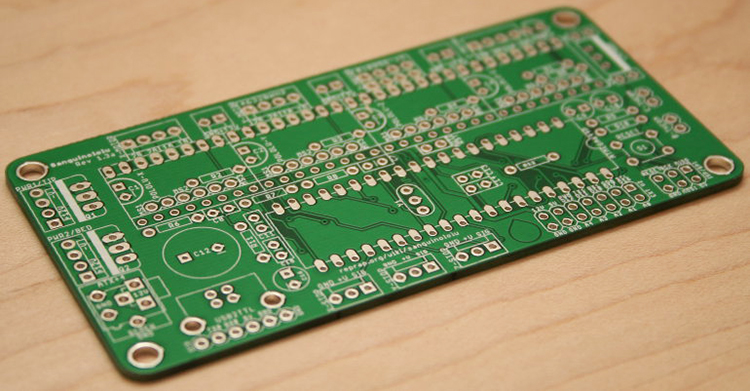Is there any way to increase the bonding force of PCBA?
Of course, it depends on how much money you are willing to spend to solve it? If you want to increase the bonding strength of PCBA, there are several aspects that you can think about, such as "increasing solderability" that many RDs like most, or spending money to improve the bending resistance of FR4 boards... etc., but each aspect has its own Advantages and disadvantages, otherwise the solder cracking and parts falling problems will not always plague the electronics industry.
Method to increase the bonding force of PCBA solder: use copper base for surface treatment
The advantages, disadvantages and precautions of these methods to increase the bonding force of PCBA will be explained separately below:
1. Change to "copper" base for PCB surface treatment
Different PCB surface treatments and solder paste will form different solder IMC components, and different IMC components will produce different soldering strengths, because the main component of solder paste is "tin", and the PCBs currently mass-produced in the industry In terms of surface treatment, it can basically be divided into two types: "copper" base and "nickel" base.

ENIG (nickel immersion gold) is a representative of the "nickel" base. After soldering, it will combine with "tin" to form an IMC intermetallic compound of Ni3Sn4. OSP, HASL, and ImSn are all "copper" bases. "Sn" combines to form Cu6Sn5 IMC.
Basically, the bonding force of Cu6Sn5 is stronger than that of Ni3Sn4. That is to say, the strength of the IMC formed by the copper base and the solder paste is basically stronger than that of the nickel base, so Shenzhen Honglijie said that the surface treatment of the PCB is changed to the copper base process. In order to increase the solder strength, the copper-based IMC will gradually change into the inferior IMC Cu3Sn after a period of use, and its solder strength will become relatively brittle and weaker, but the transformation time may be several years later. In addition, all IMC layers will gradually thicken over time, and high temperature will promote the growth rate of IMC.
I said earlier that the strength of the IMC will become worse when it becomes thicker, but this is also a matter of several years later. Only when the long-term use period and military regulations are specifically required, do you need to pay special attention to the problem of IMC transformation and thickening.
There is also a silver immersion board (ImAg), which was used when the lead-free process was first implemented. Later, because of too many quality problems, special attention should be paid to avoiding the problem of "sulfur" and "sulfide" pollution. Very few people use it, so I won’t discuss it here~
The board with ENIG surface treatment has another potential risk, which is the problem of black nickel or black pad. If it happens, it will seriously affect the quality of soldering tin.
Therefore, if the PCB company uses ENIG surface treatment boards, see if you can consider using OSP (organic protective film) or HASL (tin spray) or ImSn (tin) surface treatment boards! It’s just that boards with different surface treatments (finished) have different shelf life. Some boards with surface treatments even have to strictly require the board to pass the first and second reflow oven time, and the first and second sides have been reflowed. The soldering effect of the furnace may also be different, and the use conditions for how long the PCB must be put into the reflow furnace after opening the package are also different, so special attention should be paid when selecting it.
In fact, not all companies can switch to using the "copper" base boards, and they must consider the characteristics of their respective industries. Take Shenzhen Honglijie’s company as an example. Because of the long life cycle of the product, the order for a single product is not large, and the forecast is very inaccurate. It is often cancelled or modified after the order is placed, and the PCB delivery date It usually takes 6 to 8 days. The board factory starts and the order changes suddenly, so almost every time the PCB factory delivers the board SMT can not be completely eaten at one time, so it can have a longer shelf life like EING., And the board that can maintain a certain welding ability after repeated baking and dehumidification has become our company's first choice.
We dare not use OSP and other boards at all. In order to strengthen the soldering ability of BGA, RD specially used the "selective OSP" board. Only in the BGA place, OSP was used in other places, and ENIG was used in the end. There were a lot of boards, and then they all obediently changed back to ENIG.